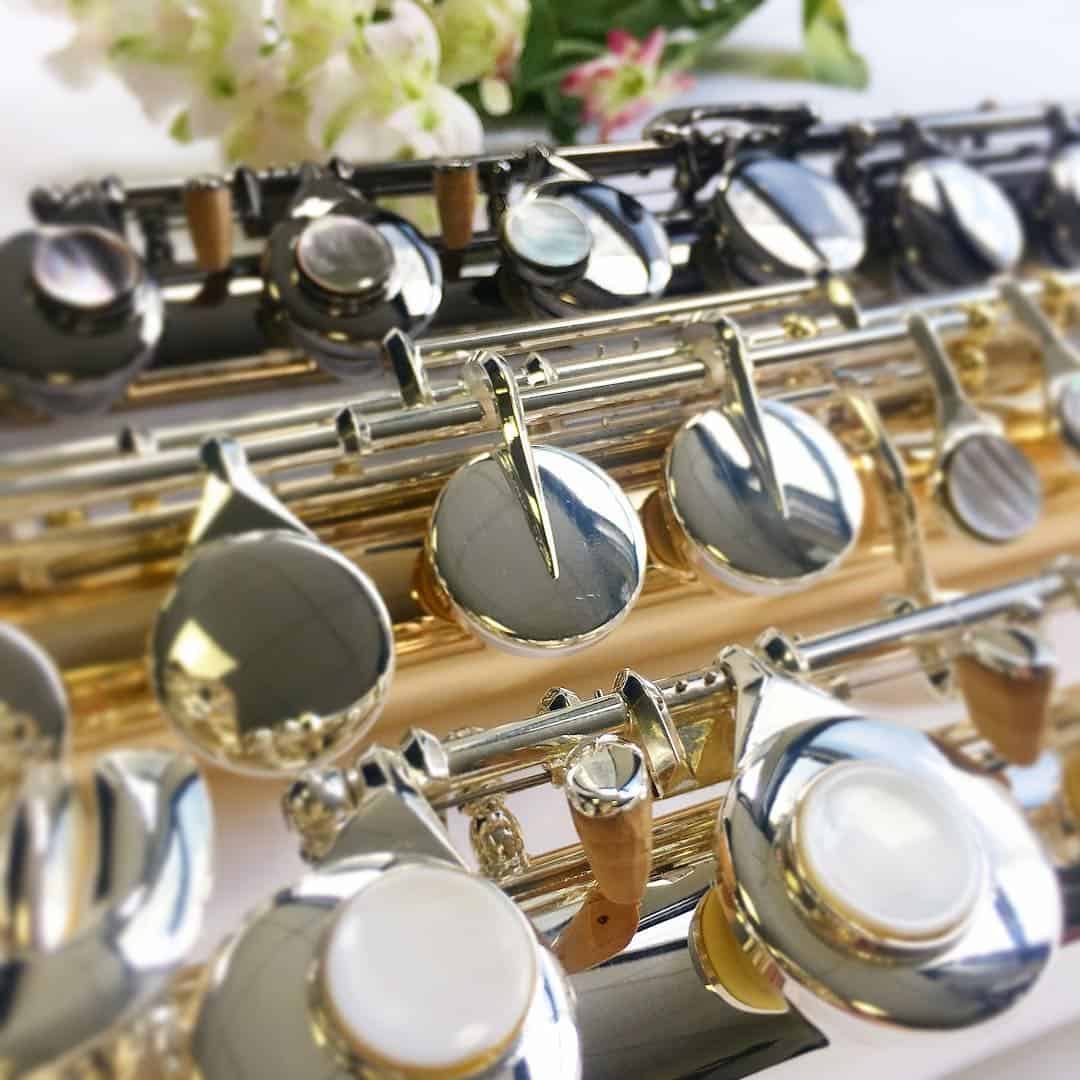FAQs
To Rent or Buy?
Raising your musician requires a long-term emotional/financial commitment
Benefits of Renting
- Practical way to determine child’s interest in the instrument
- Convenient pay-as-you-go contracts
- Short-term contract that may offer rent-to-own as an option
- Repair/theft covered if renting from local stores
Renting Downsides
- Monthly rental fee may have extra/hidden fees. Ask
- Rent-to-own may be more money in the end than purchasing
- Used flutes need specialized cleaning supplies
- Be sure to review vendor’s Better Business Bureau rating
Benefits Of Buying
- Can be costly up front, but may be the preferable choice
- Better quality instrument in top condition
- Gives child a greater sense of commitment/pride.
- Parents take a greater interest in child’s development
Buying Downsides
- Can be expensive long-term commitment needing upgrades
- Switching instruments, becomes expensive to buy another
- Most new instruments loose resale value
Student Frustration Factor
- After initial excitement fades, basic things may seem difficult.
- Frustration can dissuade children from going further.
- Pushing through this period are signs they can commit long-term.
Proven Support Systems
- Ensembles (friends pursuing similar interests) help sticking to it
- Parental support helps balancing fun exploration and rigorous discipline.
Is My Child Too Young To Start?
- It is easier to teach children when young
- By doing so, they reach the enjoyable phases of music mastery sooner.
- Inspiration and passion produce commitment.
These Proven Acts Trump Age
- Supportive home environment
- Listening to music. Seeing others play. Going to concerts
- Big-picture vision (what music can lead to in artistic beauty and/or career)
- Determination of commitment (stick to it potential)
Flute Difficulties
- Blowing
- Difficult to hold for small children (arms not fully grown)
- Only comes in 2 sizes
Recorder As Stepping-Stone Instrument
- Easy to blow and hold; lightweight
- Durable, inexpensive
- Fingerings transfer easily to the flute
- Only 3-6 months before transferring
Safe To Buy Signs
- Child is self-motivated
- Shows excitement. Explores instrument on their own
- Child’s potential benefits outweigh financial risks.
Deciding to Purchase?
- Get valuable model/purchase advice from lesson teacher
- Teacher works with trusted flute brokers getting best price.
- Instrument certificate guaranteed against factory defects.
- Teacher checks out flute in your lesson before you buy
- Try Before You Buy! Never buy from the Internet
ENJOY THE MUSICAL PROCESS WITH YOUR CHILD
HAPPY FLUTING!
Why Play An Instrument?
- Increases the capacity for memory, sharpens concentration
- Aids in coordination of motor and comprehension skills
- Promotes listening skills and breathing
- Produces alpha waves soothes and calms
- Refines time management and organizational skills
- Builds commitment, responsibility, discipline, perseverance
- Boosts team and social skills and personal confidence
- Exposes to art and cultural history
- Gives sense of achievement
- Elevates performance skills and reduces stage fright
FUN FLUTE FAQs
- Call us flute-player or flutist but not flautist!
- Call us flute-player or flutist but not flautist!
- The word origin of flutist is from French flûtiste, older than the word English flautist, which came Italian flauto.
- Flutes are one of the earliest instruments and mentioned in the Bible.
- The flute is the closest instrument to the natural singing voice.
- Flute sizes from piccolo, C flute, alto, tenor, bass and contrabass flute.
- Piccolo and the C concert flute are the highest pitched instruments.
- Flutes are made of bone, wood, glass, ivory, plastic, resin, brass, nickel silver, silver, gold and platinum.
- Theobald Boehm helped create the modern flute between 1831 and 1847.
- King Henry V, Napoleon, King George III, George Washington, Quincy Adams, James Madison and Leonardo da Vinci, Caruso, Mancini, Henry David Thoreau, Edgar Alan Poe played the flute.
- As the most popular instrument, millions of flute-players are in the world
- Here’s a cool link to show the mechanism of the flute!
Copyright: Why Do I Have To Buy My Music?
Whenever you write a poem or story, class essay or draw artwork, your original works of authorship are protected. As a creator, you have the right to let or not let others do the following:
- Make copies or distribute your work
- Perform your work publicly
- Display your work publicly on Internet or television
- Make adaptations or new uses of a work, or translating
A Legalities Lesson
- In general, it is illegal for anyone to do any of the things listed above without the composer’s permission
- Exceptions/limitations to your rights as a Copyright Holder are in Fair Use (Copyright Act of 1976) codified in Title 17 of the U.S. Code.
Why Should I Care About Copyright?
- Gives rights preventing people copying and doing things with artists work
- Allows musicians to get paid for the wonderful music we enjoy.
- Respects artists rights to control what people can and cannot do with it
Which Works Are Protected by Copyright?
- Recordings, Musical works, including any accompanying words
- Literary works (includes computer software)
- Dramatic works, (including accompanying music)
- Pantomimes and choreographic works
- Pictorial, graphic, and sculptural works
- Film and other audiovisual works
- Architectural works
Which Works Are Not Protected by Copyright?
- Ideas, procedures, methods, systems, processes, concepts, principles, discoveries, or devices, (but written or recorded descriptions, explanations, or illustrations of such things are protected)
- Titles, names, short phrases, and slogans; mere listings of ingredients or contents (some titles and words might be protected under trademark law)
- Un-tangible forms of expression: improvised speech or performance that is not written down or otherwise recorded
- Works of information commonly available, containing no originality

